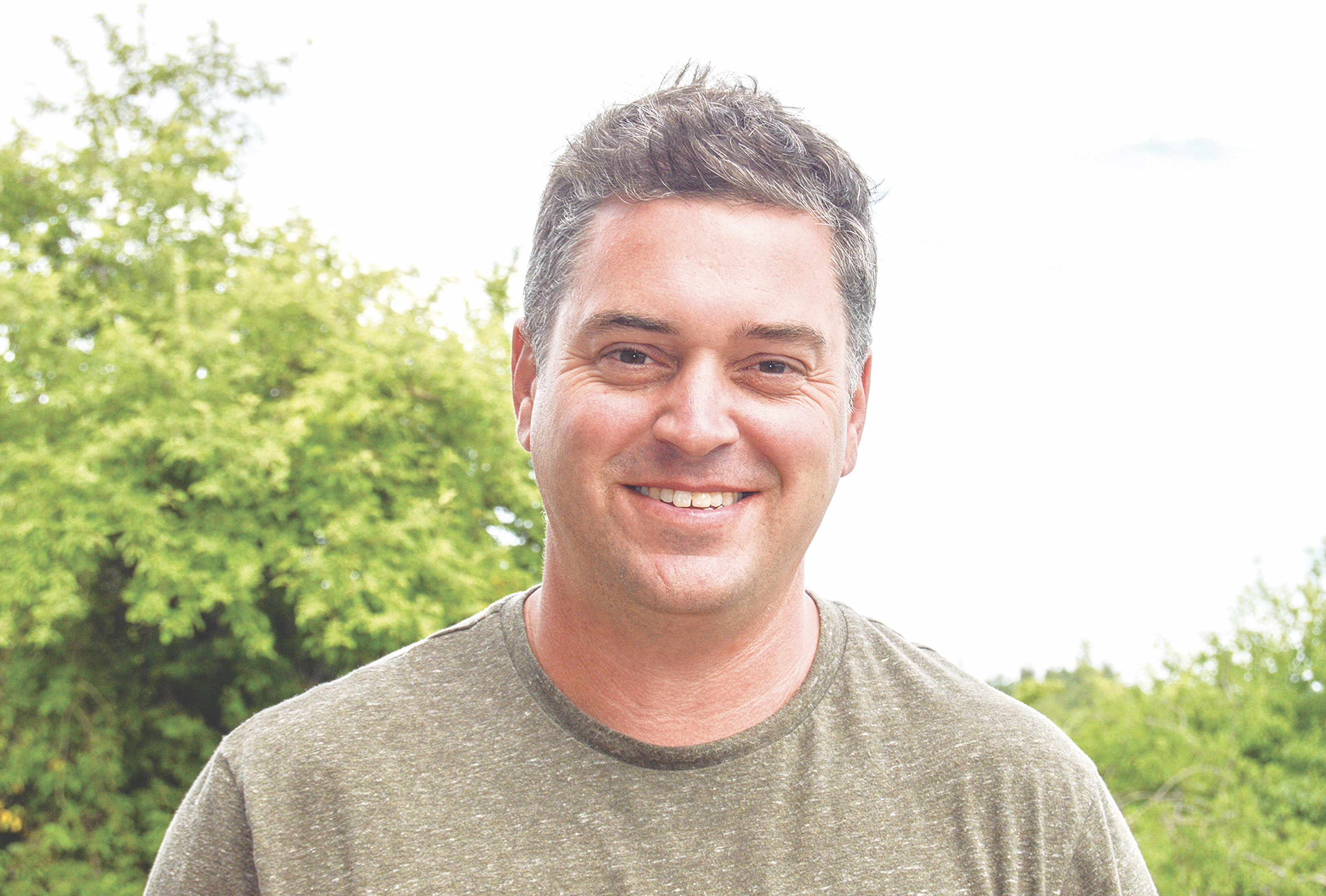PUSLINCH – Mayor James Seeley thinks getting fast COVID-19 test results for children should be the priority for laboratories that conduct the tests, now that schools have opened and many parents have returned to their workplaces again.
“We need priority for children COVID tests at the laboratories,” he tweeted Sept. 17.
“Our entire family is in isolation waiting for our son’s test result which means we can’t go to work. Likely he has a common cold.”
In a phone interview on Sept. 18, Seeley said he supports the measures the province and public health have taken to reduce the spread of COVID-19 and the phased approach to re-opening the economy.
But based on his experience, he thinks test results on symptomatic children should be prioritized.
Seeley is mayor of Puslinch and a firefighter with Guelph Fire. His wife is a firefighter in Burlington. They have two children in elementary school.
Woke up with a cold
On Sept. 15 Jacob, who is in Grade 1, woke up with symptoms of a cold. Of course, those symptoms overlap with COVID-19.
“To get him back to school he either had the COVID test or isolated for 14 days,” Seeley said.
So his wife went to work, his other child to school, and Seeley took Jacob to be tested.
“The doctor told me the entire family had to isolate until we got the test results. That can take two to 10 days. So my wife had to come home from work and here we are,” he said.
The test results came in Friday morning and they were negative, so the family was in limbo for just three days.
And it wasn’t a personal financial hardship as both parents are covered in their contracts.
“I’m just thinking of the cost to the taxpayer,” Seeley said.
“The City of Burlington is paying overtime to replace [his wife]. I was potentially having to call in to work tomorrow, so the City of Guelph would have incurred overtime.
“And think of the people who can’t afford to be home. If the testing can take 10 days, it’s a long time to sit at home for no reason.”
Seeley said he worries that people might be inclined to hide or ignore their symptoms if the wait for test results is too long. Ten days with no pay – if it takes that long – is a big hit.
Seeley said he emailed Wellington-Halton Hills MPP Ted Arnott, “not to be critical.
“I’m just simply requesting that [the government] consider the situation. Priority should be given to children who are showing signs.”
Because his result was negative, Jacob can return to school 24-hours after he stops showing symptoms.
Timeline for tests
“Guelph’s COVID-19 Assessment Centre’s collected samples are sent here (Guelph General Hospital) twice a day to prepare them for shipment,” Perry Hagerman, senior communications specialist at Guelph General Hospital, said in an email.
“The next morning the samples are shipped to Alpha Labs. We don’t have any way to prioritize a submission.”
Alpha Labs is a privately-owned lab located in Toronto and conducts many types of medical diagnostic tests, including COVID-19.
Hagerman said he didn’t now about turnaround time, “but I suspect it varies based on volume.”
Danny Williamson, spokesperson for Wellington-Dufferin-Guelph Public Health, said that positive test results usually come back faster than negative ones.
“WDGPH receives any positive case results for our region once they are complete. We are usually in contact with those cases within 24 hours,” Williamson said.
Alpha Labs
Gerard Kennedy, CEO of Alpha Healthcare/Alpha Labs, said the provincial collection and logistics system is run by Ontario Health in conjunction with Public Health Ontario Laboratories.
He said his lab accepts the samples from Guelph and processes them within 24 to 36 hours on average.
“This means the specimens are handled in a special cabinet, are identified, data is entered, RNA is extracted, analysis is performed in groups of 94 and an outcome is found. If ambiguous the sample can be rerun,” Kennedy wrote in an email.
“This turnaround compares to 48 hours that is the current provincial standard. There are times when we have a large oversupply of samples.
“We report all positive findings both to the ordering clinician and to public health directly as quickly as possible, and all results are entered into the provincial laboratory data base that is accessible to hospitals and doctors offices.”




